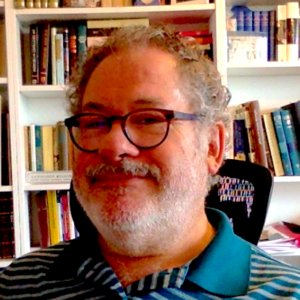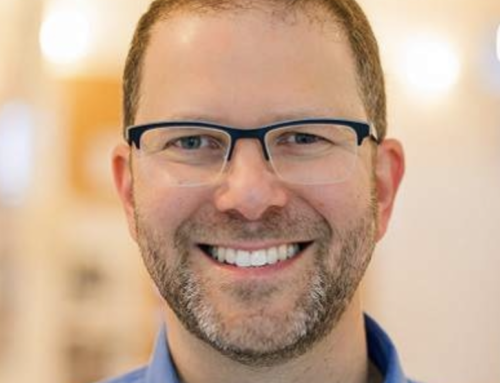
This image is taken from the 1524 edition of the Hebrew Bible published at the Bomberg press in Venice.
Note the ‘inverted’ nun, inside the word “binsoa” at the left end of the first line as well as the similarly ‘inverted’ nun in the middle of the sixth line in the word “k’mitonenim.” These markings are usually found outside the text, in the spaces before and after this passage
This publication is the first to be known as Mikra’ot Gedolot (large scriptures). It is also known as the Second Rabbinic Bible, the first from 1517. It is noted for the appearance of the ‘inverted nun’ markings inside the text. The placement of the marking inside the text rather than in the spaces before and after these 85 letters was a radical departure from most accepted tradition as this was considered an actual modification of the text of the Torah itself.
About 100 years later, Yediyah Norzi, in his massoretic compilation known as Minchat Shai, denounces this tradition as completely erroneous both in the design and the placement of the marking. Interestingly, he explains Bomberg’s use of the same the regular ‘nun’ of the Hebrew alphabet, rather than a more appropriate ‘inverted nun’ ie. a specially designed and poured piece of lead type for the letterpress saying that the technology of the early press made the design of the appropriate character difficult and expensive.





